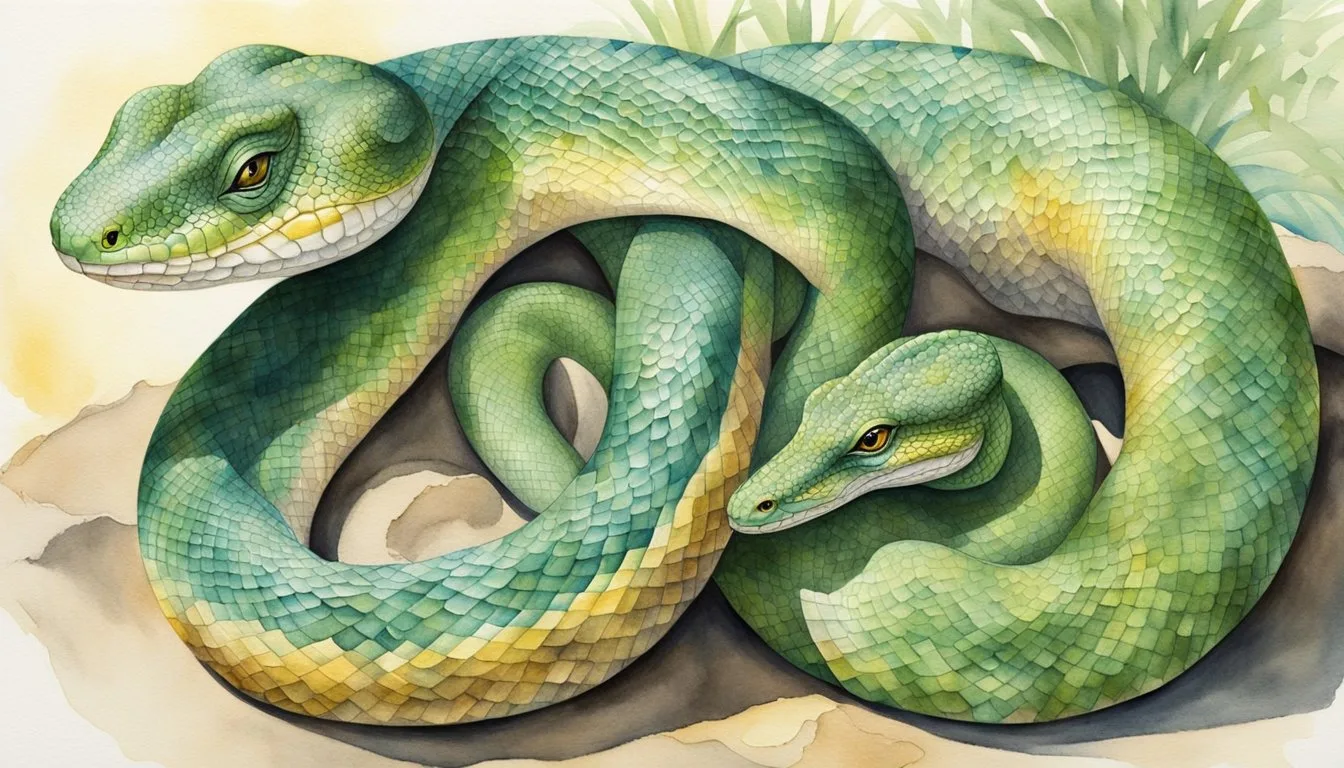Understanding Lizard Snake Kinship
Exploring the connections between lizards and snakes provides insight into their unique characteristics, global habitats, and evolutionary paths that highlight their roles in the reptilian family tree.

Defining Lizard and Snake Characteristics
Lizards and snakes are both members of the order Squamata, the largest group of reptiles. Lizards typically possess movable eyelids, external ear openings, and limbs with claws. However, some lizards, such as glass lizards and slowworms, have evolved to be legless. Snakes, conversely, are characterized by their limbless bodies, highly flexible jaws, and lack of both eyelids and ear openings.
Lizard Snake Habitats and Global Presence
The habitats of lizards and snakes span across continents, with species found in Asia, Europe, Australia, and the Americas. North America is home to diverse species, from the monitor lizards of California to the skinks of Florida. Their habitats can vary remarkably from the arid deserts to lush rainforests, illustrating their incredible adaptability.
Physiology and Evolutionary Traits
Lizards and snakes share a common ancestor, and their evolutionary traits are a testament to that kinship. The loss of limbs in snakes is one significant evolutionary adaptation seen also in legless lizards, suggesting a shared genetic change. Both groups have evolved unique physiology for their lifestyles; snakes with their elongated, limbless bodies and specialized locomotion, and lizards with their varying limb structures – from the robust legs of a Komodo dragon to the limbless form of the slowworm. Research into the genetic analysis of these reptiles reveals rapid evolutionary events that have shaped their history. Further studies into their molecular phylogenetics and evolution enhance the understanding of lizard and snake kinship.
Behavioral Ecology and Interaction
Exploring the intricate web of behavior and ecology among lizards and snakes reveals a complex picture of adaptation, survival, and interaction within their environments. This section delves into the diverse strategies these reptiles employ for feeding, evading predators, and coexisting with humans and natural forces that shape their existence.
Feeding Habits and Predator-Prey Dynamics
Lizards and snakes showcase a range of feeding behaviors, with some species like the Gila monster relying on venom to subdue prey. Prey types vary from insects to larger mammals and birds, and the feeding strategies may influence predator-prey dynamics within ecosystems. For instance, geckos primarily consume insects, affecting insect population control, while venomous snakes may regulate the numbers of larger prey species.
Adaptation and Survival Strategies
Reptiles have developed numerous survival strategies to cope with environmental challenges. Thermoregulation allows them to navigate the thermal landscapes, seeking heat or shade to maintain optimal body temperatures. Reproduction strategies vary, with many lizards laying eggs, while others can bear live young. Some species exhibit remarkable adaptations, such as the ability to regenerate lost tails.
Human and Environmental Impacts
Human activities, including the pet trade and habitat alteration, have significant impacts on lizard and snake populations. Habitat loss due to urbanization and agriculture can severely disrupt the ecology of these reptiles, leading to declines in some species. Additionally, lizards, such as iguanas, may be affected by pollution or human encroachment on their natural habitats.
Cultural and Historical Significance
Snakes, in particular, carry a rich tapestry of mythology and symbolism across various cultures. They are portrayed in art and literature, often as symbols of wisdom or danger. Understanding the cultural significance of these animals can enhance public appreciation and support for their conservation.
Conservation Efforts and Future Projections
Concern over the declining numbers of certain species has led to concerted conservation efforts, including habitat restoration and legislation protecting endangered species. Research into the effects of climate change on reptile populations is crucial for future projections and conservation strategies. Restoration of natural habitats and legislation aimed at curbing environmental harm play pivotal roles in safeguarding the future of these ecologically significant animals.

